The emergence of foot 3D scanning technology signifies not only a revolution in the field of health tech but also a practical embodiment of the deepening concept of personalized medicine.
y combining high-precision sensors with intricate algorithms, this technology enables an all-around, high-definition capture of the human foot structure, providing medical professionals and health management experts with unprecedented detailed data support, thereby inaugurating a new era of customized corrective insoles.
Advantages and Innovation Points
Precise Measurement and Personalized Matching:Unlike traditional foot orthotics relying on manual measurements or rudimentary molds that struggle to meet precise individual needs, 3D foot scanners use non-contact scanning to generate 3D models within minutes, incorporating key parameters such as arch height and pressure distribution. This allows for tailor-made corrective insoles for each foot, ensuring the precision and efficacy of correction plans.
Efficient Design and Production:Digital data acquisition streamlines the design process and accelerates the transition from scanning to finished product. Designers can model and adjust directly based on scan data, with advanced manufacturing techniques like 3D printing facilitating rapid production, significantly enhancing efficiency and reducing costs.
Promotion of Precision in Medicine and Rehabilitation: In the realm of medical rehabilitation, 3D foot scanning technology empowers doctors to gain deeper insights into patients' specific foot conditions, furnishing scientific grounds for targeted recovery plans. Customized insoles, particularly for conditions like flat feet or high-arched feet, effectively alleviate symptoms and facilitate recovery.
Integration of Frontier Technologies and Future Outlook: With the integration of AI, cloud computing, and more, data collected by foot 3D scanners can be further analyzed for big data trends, even predicting potential foot health risks. This fusion of deep learning with personalized medicine charts a new course for preventive health management.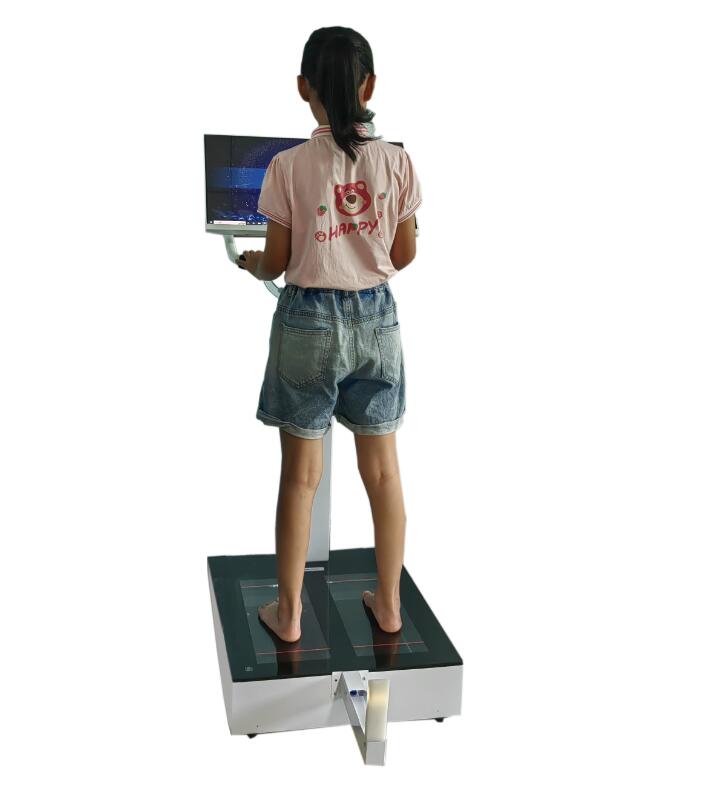
Challenges and Ethical Considerations
Despite its vast potential and advantages, the application of foot 3D scanning technology encounters challenges, primarily ensuring data security and privacy protection to prevent information leakage. Additionally, standardization and popularization of the technology, user education, and enhanced interdisciplinary collaboration are crucial for its broad adoption.
It's also essential to note that while personalized corrective insoles are beneficial, their design and usage must adhere to medical principles, combining professional assessments with ongoing monitoring to ensure the safety and efficacy of corrective measures. Overreliance on technology should be avoided, with attention paid to individual variability to maintain the scientific and humanistic nature of treatment plans.
As a new tool for designing personalized corrective insoles, foot 3D scanners are progressively reshaping our conventional understanding of foot health management. They enhance the customization level of corrective insoles and provide robust technological support for medical rehabilitation, sports science, and daily health maintenance. Looking ahead, with continuous technological iterations and cross-disciplinary integration, foot 3D scanning technology is poised to promote human health and wellbeing on a broader scale, leading health tech to higher levels of development.

 +86-0755-86131192
+86-0755-86131192 2024-06-07
2024-06-07 Back to list
Back to list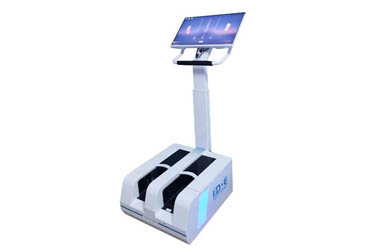
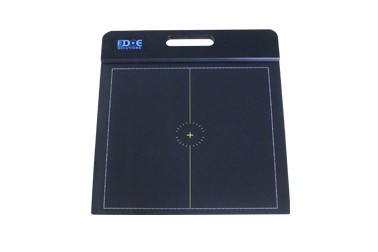
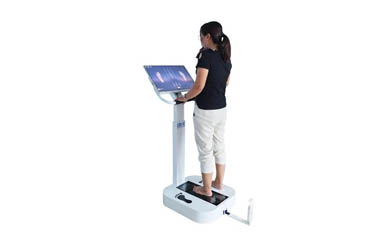
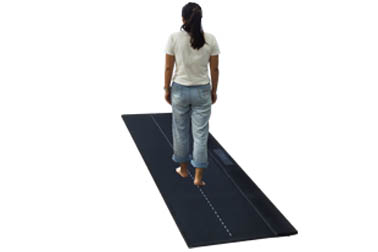
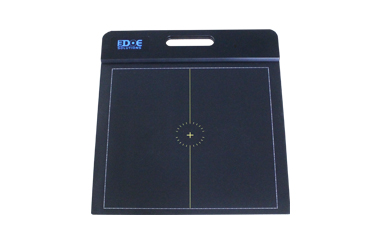
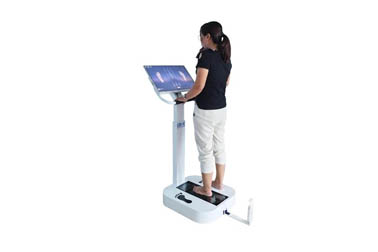



 +86-0755-86131192
+86-0755-86131192